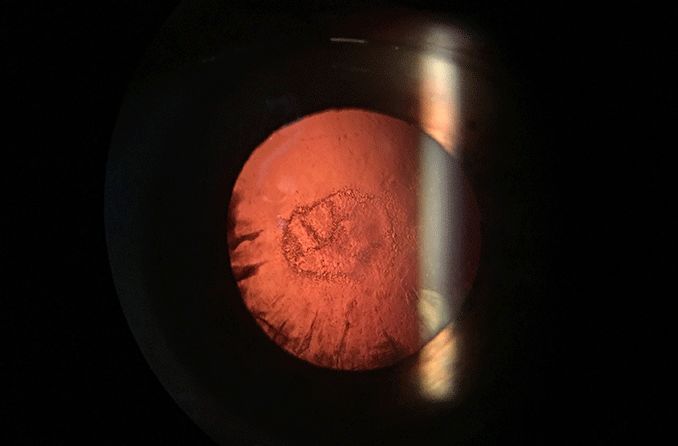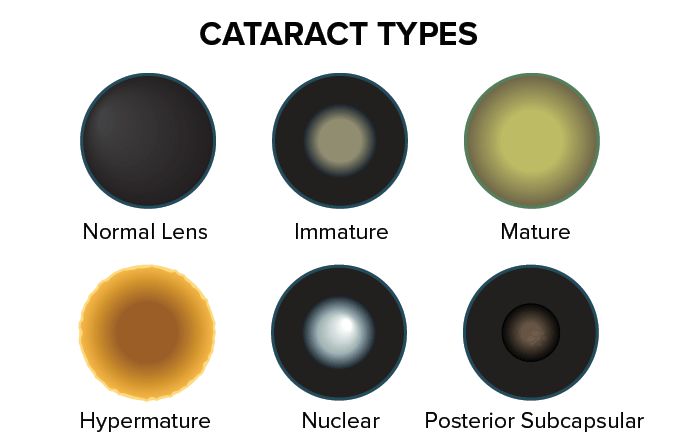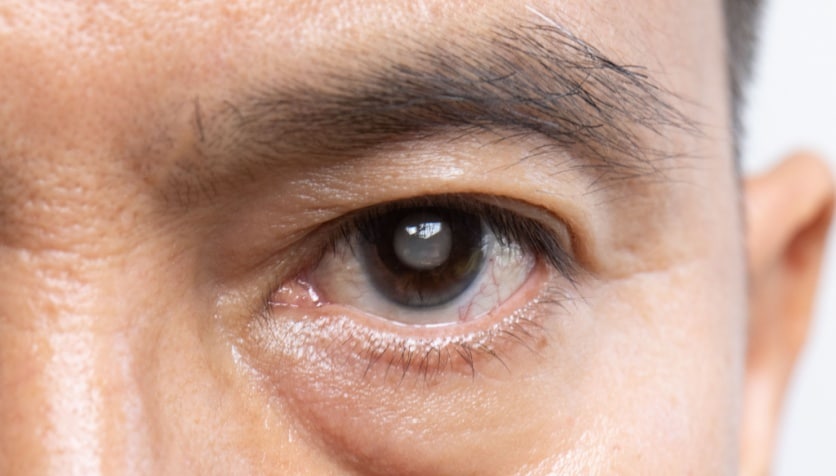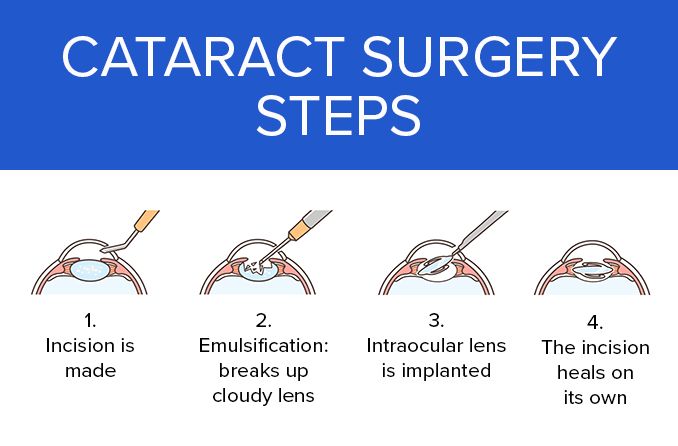Understanding the rare Christmas tree cataract
Cataracts are incredibly common. In fact, it’s reported that more than half of people over 80 years old have had a cataract. But while cataracts are common, there are rarer types. A colorful, fleck-like Christmas tree cataract can develop as a person ages and can be tied to myotonic dystrophy.
What causes a Christmas tree cataract?
Age is one of the most prominent risk factors for Christmas tree cataracts. Many of the case studies for this disease feature patients in their 60s and 70s.
One cited cause of a Christmas tree cataract is myotonic dystrophy (DM). Myotonic dystrophy is a form of muscular dystrophy that impacts the muscles of the body. It can also affect certain organs.
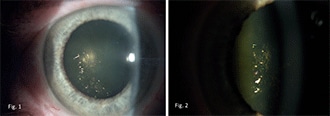
Credit: " Christmas tree cataract " from Medical Image Database is licensed under CC BY-NC-ND 4.0.
The condition gets its name from the medical term “myotonia,” or the inability to relax the muscles. Like its parent condition muscular dystrophy, DM is a degenerative disease that only worsens over time. The muscles will weaken and shrink as the disorder progresses.
Myotonic dystrophy has a noticeable effect on eye health: It can cause an early onset of cataracts. However, the type of cataracts is not specified.
While myotonic dystrophy can lead to Christmas tree cataracts in some patients, most instances of Christmas tree cataracts seem to not have any specific cause.
Why are they called Christmas tree cataracts?
Christmas tree cataracts get their name from their appearance. When they form, they look like multicolored opacities that “glisten.” Unlike other forms of cataracts, the rest of the eye’s lens is clear apart from the multicolored opacities.
The specific colors of the cataract depend on the angle of the light source. Some of the colors you may notice in a Christmas tree cataract include:
Green
Red
Yellow/Gold
Orange
Brown
Blue
The multicolored flecks that make up a Christmas tree cataract also tend to have a distinct shape. This shape looks like the needles that grow on different kinds of Christmas trees.
There are some explanations for the unique appearance of Christmas tree cataracts.
Another name for the condition is polychromatic crystalline lens deposits. Poly- is a prefix that means “many,” and chromatic, in this context, relates to color. The crystalline lens deposits (opacities)when calcium breaks down the proteins in the eye.
This produces the characteristic needle-like appearance of Christmas tree cataracts.
The polychromatic opacities become more noticeable as the proteins continue to break down. This, paired with the multicolored reflections of the crystalline lens deposits, results in the unmistakable appearance of a Christmas tree cataract.
What are the symptoms of cataracts?
You’re not likely to notice any signs of a cataract in its early stages. Cataracts can often progress for years before you pick up on any symptoms.
The first symptom you might experience when you have a cataract is blurred or cloudy vision especially at night or driving at night. Cloudy vision can seem like you’re looking through fog or a haze. Another early sign can be seeing dull, washed-out colors or colors having a yellow hue.
It’s common to have sensitivity to light (photophobia)as a cataract progresses. This can make artificial and natural light appear brighter, which could cause a headache or discomfort.
If you have cataracts in both eyes, they run the risk of worsening at different rates. If this happens, it could lead to double vision or visual ghosting in one eye.
An ophthalmologist may not want to operate on a young cataract as it can result in loss of ability to read without glasses. If a cataract has not progressed to the point of causing vision loss, it may instead be monitored for any changes. Options for cataract removal will be discussed and considered if it is impairing vision or causing other quality of life issues.
READ MORE: Cataract signs and symptoms
Can Christmas tree cataracts be removed?
Christmas tree cataracts can be removed like any other cataract. The most common techniques used to get rid of a cataract are:
Traditional cataract surgery. This option uses manual techniques and instruments to remove a cataract lens. First, a micro-blade is used to make an incision into the cornea. A pen-shaped probe is then inserted into the incision to break down the cataract using ultrasonic waves. The lens is then removed with a suctioning device using ultrasound technology. Traditional cataract surgery could be considered if laser cataract removal is not an option.
Laser cataract removal. Laser cataract removal is also called ReLACS (refractive laser-assisted cataract surgery). It uses a femtosecond laser, which can make a tiny incision into the cornea. Then, the thin capsule that contains the eye’s lens is removed. This is called an anterior capsulotomy. Finally, the laser is used to break up the cataract into smaller pieces, which are removed with the pen-shaped probe using ultrasound technology.
How rare is a Christmas tree cataract?
While cataracts themselves are common, Christmas tree cataracts are a rare subtype of cataract. There is a relationship to Christmas tree cataracts and myotonic dystrophy, but not all patients with Christmas tree cataracts have this condition. If a patient has a Christmas tree cataract and does not have DM, the cataract is most likely age-related.
Christmas tree cataracts can form in one or both eyes.
When should I see a doctor?
It’s recommended that you visit an eye doctor routinely for annual exams and whenever you notice changes in your eyes or vision. These changes can include but are not limited to:
Distorted vision
Cosmetic eye abnormalities (such as unusual flecks or spots)
Reduction in visual acuity
Many of these symptoms can indicate a larger problem. The earlier a complication is diagnosed, the easier it can be treated.
Since cataracts are one of the leading causes of vision loss, it’s important to schedule an appointment with an eye doctor if you think you might have one. A trained ophthalmologist knows what to look for when it comes to diagnosing a cataract. They can also suggest an adequate course of treatment or keep you on a maintenance program to keep an eye on the progression of the cataract.
READ NEXT: What are snowflake (diabetic) cataracts?



